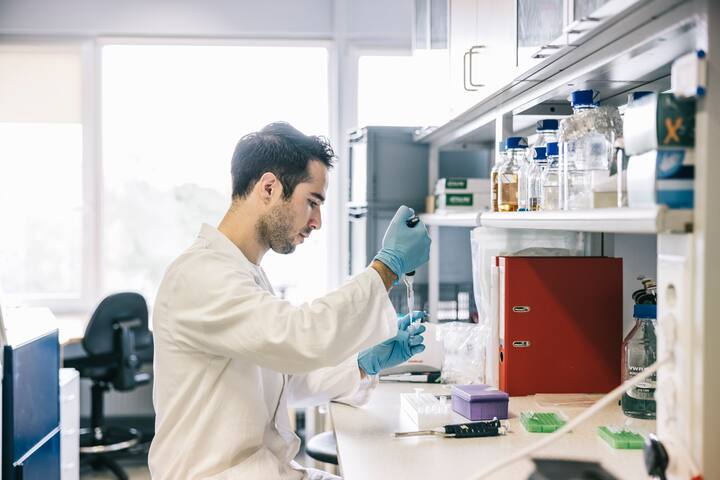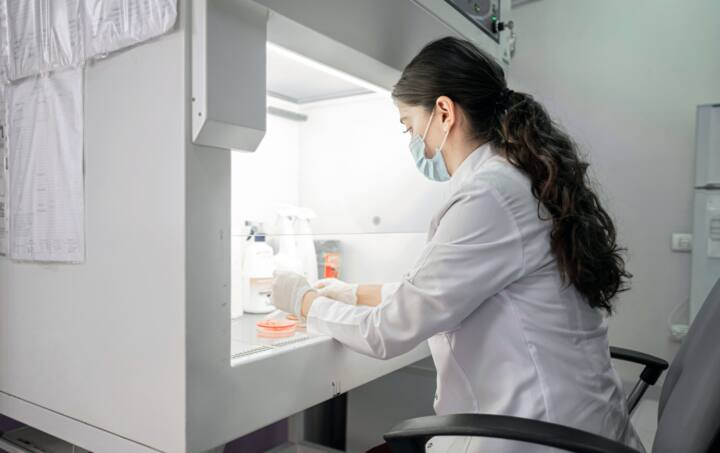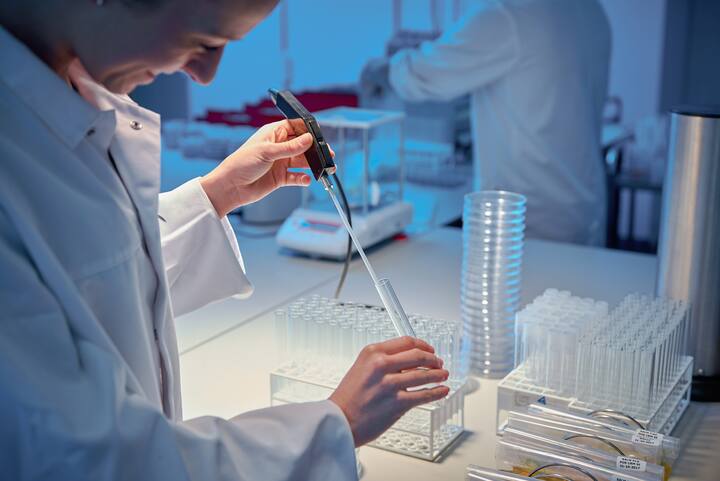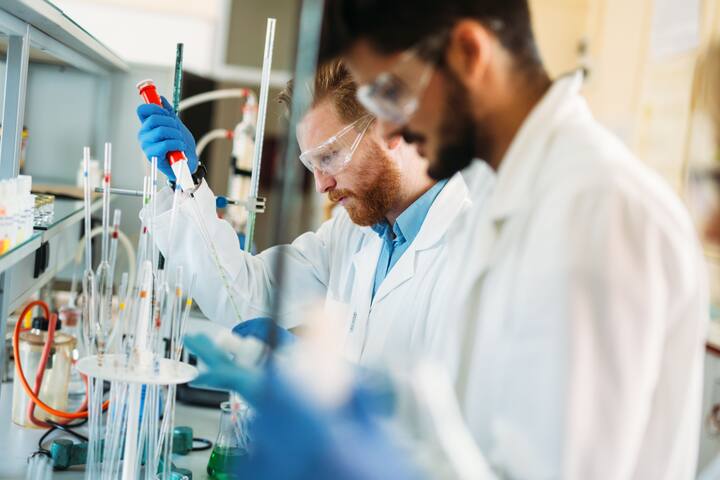
Leading in Chemical Decay Evaluations
Chemical decay
Food and feed spoilage are not only caused by microorganisms. Certain chemical reactions, such as oxidation or hydrolysis, can cause chemical decay. There are no statutory standards for this type of spoilage. Nevertheless, it is important to know the oxidation status of oxidation-sensitive raw materials or end products, since they are being increasingly included in quality controls.
Chemical decay in short
Familiarise yourself with the oxidation status of oxidation-sensitive raw materials or end products
Receive an evaluation of chemical spoilage, based on rancidity parameters
Key indicators for assessing chemical decay
Chemical spoilage can be evaluated on the basis of so-called rancidity parameters.
The most requested parameters are:
Peroxide value
Free fatty acid content
Hexanal
TBARS
If you’re interested in learning more, please don’t hesitate to get in touch with us.
These services might also be of interest to you

Nutritional composition

Vitamins and minerals
Leading companies in this service

Normec Foodcontrol
Wetteren Belgium
Do you want to create a safe and healthy working and living environment?
FAQ
Frequently asked questions
Chemical spoilage occurs when chemical reactions like oxidation or hydrolysis cause deterioration in food and feed products, separate from microbial contamination.
The most requested rancidity parameters include peroxide value, free fatty acids, hexanal, and TBARS (thiobarbituric acid reactive substances).
